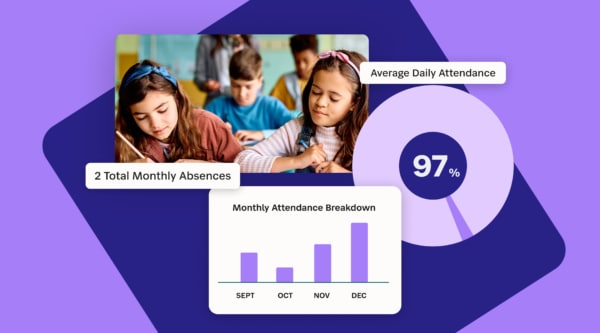

Published September 19, 2024 on eSchool News.
In my role as Assistant Director of Student Services, I’ve learned that the most crucial factor in improving student attendance isn’t about policies or procedures–it’s about connections. Our district serves a diverse community of hardworking families, including many newcomer families. We’ve faced our share of challenges, especially in the wake of the COVID-19 pandemic, but we’re making strides by focusing on what matters most: our students and their families.
In Alvord Unified, we’ve learned that operationalizing our strategic goals around attendance isn’t just about setting targets–it’s about creating systems that foster meaningful engagement. By focusing on building strong school-home connections, we’re not only improving attendance rates, but also driving improved student outcomes across the board. Our approach demonstrates that when we align our daily operations with our broader strategic vision, we can create a school environment where every student is empowered to succeed.
Before the pandemic, our district maintained a respectable 95 percent attendance rate, with chronic absenteeism hovering between 12 percent and 14 percent–on par with surrounding districts and national averages. However, when COVID-19 hit, we saw our chronic absenteeism spike to 25 to 30 percent, mirroring the struggles faced by districts nationwide.
The pandemic created an opportunity for a new approach to attendance management
As we emerged from the pandemic, it became clear that we needed a new strategy. For years, our Local Control and Accountability Plan (LCAP) had included provisions for an attendance management program, but implementation had always been pushed to the back burner. The post-COVID landscape, with its unique challenges and shifting priorities, provided the perfect opportunity to revisit this need.
During the height of the pandemic, our school sites were overwhelmed. They were juggling COVID case tracking, managing periods of exposure, and trying to maintain some semblance of normal operations. It was during a conversation about reducing the burden of attendance letter mailings that I saw our chance. If we could automate these processes, we could free up our staff to focus on what really matters: connecting with students and families.
After researching options and consulting with colleagues at state conferences, we decided to implement SchoolStatus as our attendance management system. This move wasn’t just about tracking numbers; it was about transforming how we approach attendance altogether.
SchoolStatus has become an integral part of our attendance strategy. It handles much more than just systematic notifications. The system automates our attendance tracking, generating real-time reports that allow us to identify trends and at-risk students quickly. It manages our compliance requirements, ensuring we send out legally mandated notifications, like the crucial first notice that outlines parents’ responsibilities under California’s Education Code. This system allows us to operationalize our strategic goals around attendance, turning our vision into concrete, daily actions.
Read the full article on eSchool News.
Stay Connected
News, articles, and tips for meeting your district’s goals—delivered to your inbox.





